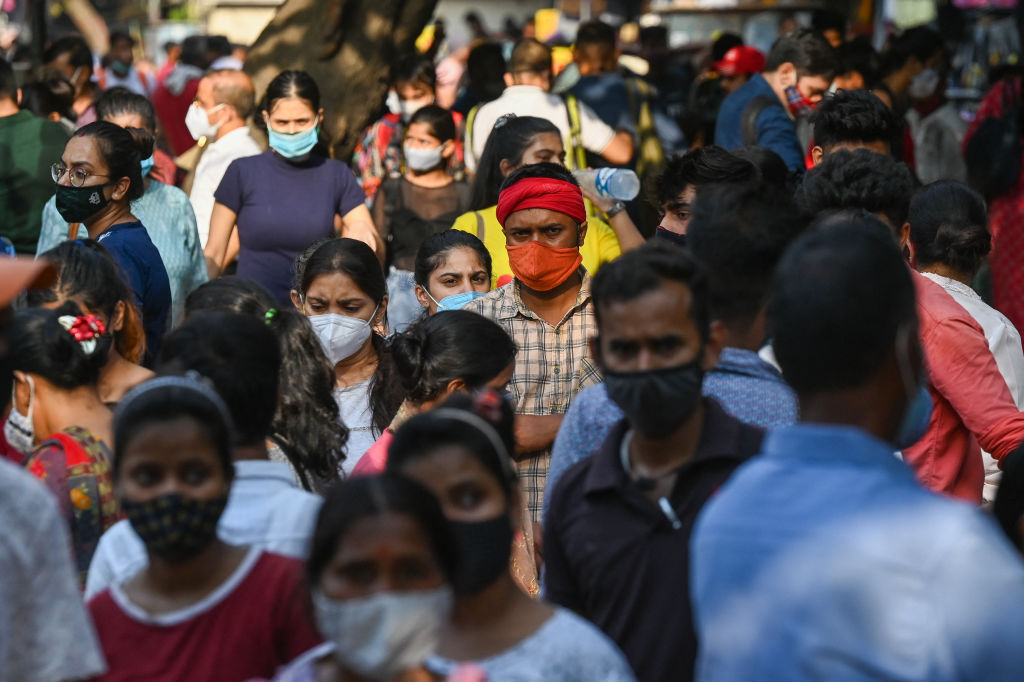- Thursday, April 18, 2024

By: Shubham Ghosh
A RECENT report by the Population Division of the United Nations projects has projected that the population of India, the second-most populous nation in the world which is waiting to become the most populous next year surpassing China, is expected to fall from the current 141.2 crore (1.41 billion) to 100.3 core (1 billion) in 2100.
While population explosion remains a key concern as it creates pressure on resources, a negative growth of the population is also a worry as knowledge and living standards stagnate for a population that gradually vanishes, a Stanford study has revealed.
The population density of India is far more than China, even though their respective population numbers look similar. On an average, 476 people live in every square kilometre in India, it is only 148 in China, which is almost thrice the size of India. By the year 2100, India’s population density is expected to come down to 335 persons per square kilometre and the South Asian country’s fall in terms of population density is projected to be much higher than that projected for the entire planet, the UN report said.
Other populous nations such as China and the US (the third most populous nation in the world now but much behind China and India) are also expected to see a similar trend. The Asian nation may see its population shrink by a mammoth 93.2 crore in 2100. The US, on the other hand, could see its population getting reduced from 33.7 crore (337 million) to 28.1 crore (281 million).
The projections are based on a low fertility-rate scenario or to say in other words, the total fertility rate is projected to remain 0.5 births below what it is around the year 2050.
India’s fertility rate is expected to head south from 1.76 births per woman to 1.39 in 2032, 1.28 in 2052, 1.2 in 2082, and 1.19 in 2100.
“A sharp downward trend in India and for the world as a whole is evident. As countries get richer, fertility rates appear to decline to levels consistent, not with a constant population, but actually with a declining population,” the Stanford study said.
However, while some highly populated nations are expected to see their population growing less as the 21st century progresses, some African nations such as Congo, Egypt, Ethiopia and Nigeria show an upward trend in their population base, the UN report said.
![]()